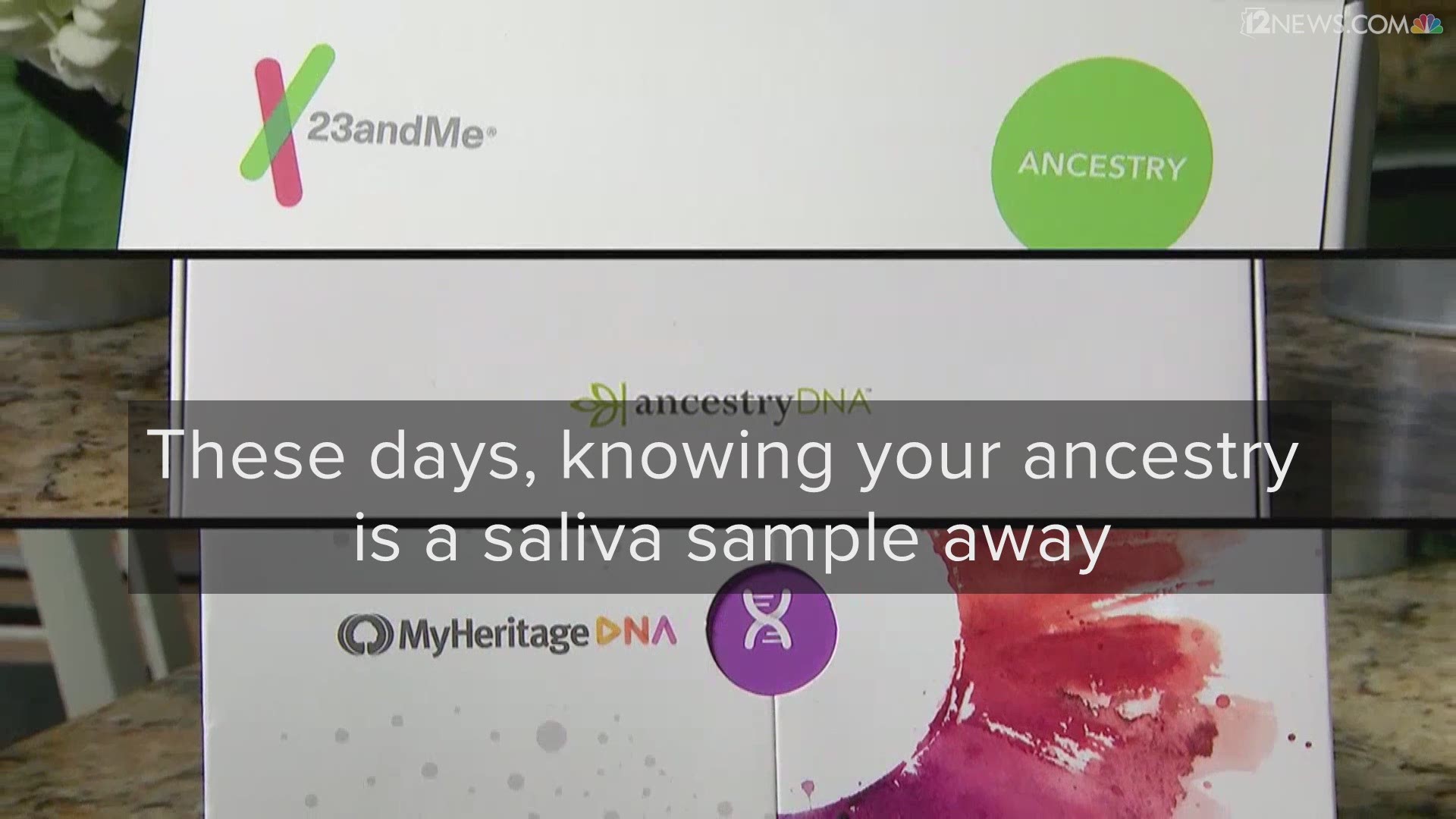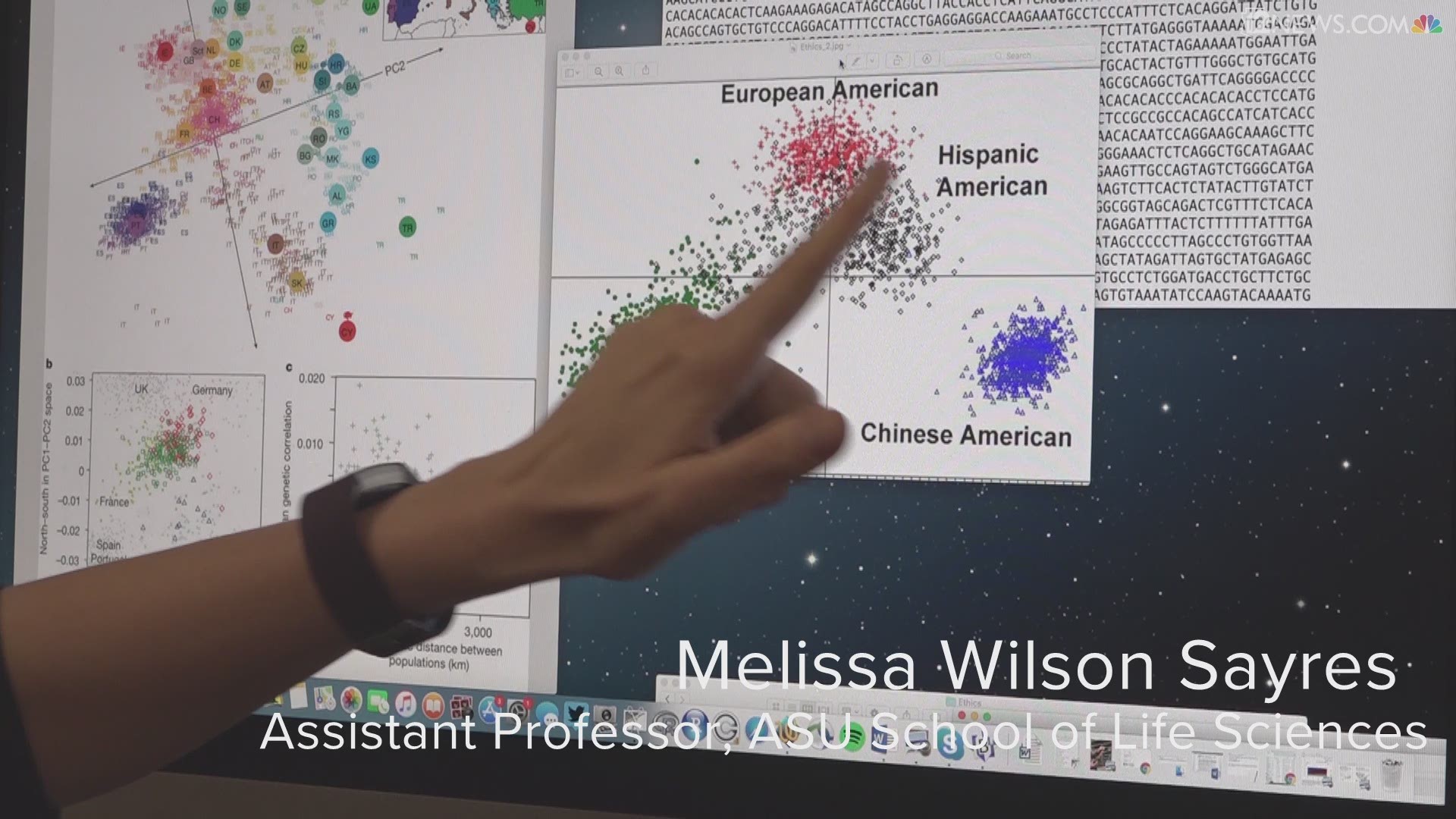Race is a touchy but important subject. For many of us, it can be an important part of our identities, driving us to try to change society.
But what exactly is race? It often gets conflated with the concept of ethnicity, which refers to culture, nationality, ancestry and language. Race is frequently defined as a combination of physical characteristics related to your biology. Yet we know there is no substantial biological component to race; 99.9 percent of the human genome is identical across all people.
As scientists pointed out in this article from the New York Times, humanity is too evolutionarily young to have broken up into genetically distinct groups. The earliest remains of modern humans have been dated to around 300,000 years ago.
Our founding population was also too small for our genome to vary by much, scientists say. The last Ice Age hit our ancestors hard with a major cooling of Earth’s climate, leaving only about 10,000 of us when we began migrating from Africa around 60,000 years ago, a move known as the "out-of-Africa" dispersal. Though, recent discoveries indicate a few groups of modern humans may have left for southern and eastern Asia long before that, introducing their DNA to hominin populations abroad through interbreeding.
For these reasons, our ancestors didn’t have much genetic variation to take to new continents in the out-of-Africa dispersal.
Also, scientists say 2,000 to 3,000 generations have passed since the out-of-Africa dispersal, which wouldn’t be enough time to establish human populations with more than superficial differences from one another.
The National Geographic’s Genographic Project mapped the major sites of migration where various groups of our ancestors journeyed to new continents in and after the out-of-Africa dispersal.
Since race isn’t biological, the difference between race and ethnicity, sociology experts say, is that race is the way you are perceived while ethnicity is more of a question of choice.
The U.S Census Bureau, on the other hand, defines race as a person’s self-identification with one or more of these six groups: white, black or African-American, Asian, American Indian and Alaska Native, Native Hawaiian or other Pacific Islander, or “other.” The key phrase here is “self-identification,” blurring the line sociologists draw between race and ethnicity.
That contradiction tells us the definition of race is mercurial, to say the least, often overlapping with ethnicity. What we do know for sure—as geneticist and assistant professor in Arizona State University’s School of Life Sciences Melissa Wilson Sayres explains—race is not rooted in our DNA.
To illustrate, she pulled up a computer plot showing genetic differences among self-reported ethnic groups in America. She says the differences only appear if you look at less than 1 percent of the subjects' DNA.
The plot demonstrated that even if you look at the tiny part of DNA that does differ, populations will roughly cluster into geographic regions, but the separations between those populations aren't as distinct as previously thought. And there is still a large amount of genetic variation even within races.
For example, the plot showed that someone who identifies as a Hispanic American might be more genetically similar to a European American or an African American than another Hispanic American.
“What we’re really finding is the genetics don’t really back [race] up, and that’s because race has been defined in different cultures in different ways. And even within the same culture, it’s defined in different ways,” Wilson Sayres said.
A look back into U.S. history confirms this. For example, compare the infamous “one-drop rule” used to determine who was black to the blood quantum laws used to determine who is an American Indian. Both rules only apply to a specific group and only to those in the U.S.
Under the now-defunct one-drop rule that emerged from the American South, anyone with any known African black ancestry was black. The rule was used to impose segregation and limit rights of the people determined to be black.
Alternatively, the “Indian Blood law,” or quantum blood law, is used by the Bureau of Indian Affairs to determine who is an American Indian. Those applying for a Certificate of Degree of Indian Blood or Certificate of Degree of Alaska Native Blood for certain government benefits must supply legal documents proving that the applicant has a degree of blood of a federally recognized tribe. As intermarriage with different races and even between different tribes happen, subsequent generations become effectively less Native American over time in the quantum blood system.
Tracing your ancestry is pretty easy these days with at-home DNA kits that have become prevalent in recent years. You may have been bitten by the curiosity bug and taken one yourself by now, but what can those tests really tell you?
Wilson Sayres says personalized genetic testing can reveal which pieces of DNA come from which ancestries, but it doesn’t really go beyond that. For example, you can’t compare your DNA to that of the entire population of a country to see how genetically similar you are.
Steven Hunsinger took one of those tests earlier this year from AncestryDNA. He said he was adopted at a young age and wanted to know how his genes differed from his adoptive family’s.
“When I did it, I found out I was mostly British, and then a small percentage of Finnish, Scottish, Irish, Italian…”
So, white, European, Caucasian—these words may be used to describe Hunsinger’s race. But what about Hunsinger makes him fit that label? Skin color? DNA? The cultures of his ancestors?
As we’ve seen, there’s no concrete set of rules.
“It’s difficult to say that your personalized testing would change your identity,” Wilson Sayres said. “Some people do, and it’s how you choose to interpret the data.”
And Hunsinger has chosen to interpret his results as an incentive to travel more.
“I think somewhere in my ancestries I have that sense of adventure and travel and just—always got to be doing something,” he said.
Hunsinger says he’s already been contacted by family members living in England.
“I would definitely want to go to Europe…just go to England or go to Italy or France or Scotland or Switzerland or something just to see what it’s like in those countries and just kind of take in some of the cultures,” he said.
In the end, race is just a construct of society, not a scientifically valid concept.
“You’re a consequence of your genetic parents and the people who raised you, whether they’re your genetic parents or not,” Wilson Sayres said. “So, the culture that you take with you is not in your DNA.”


